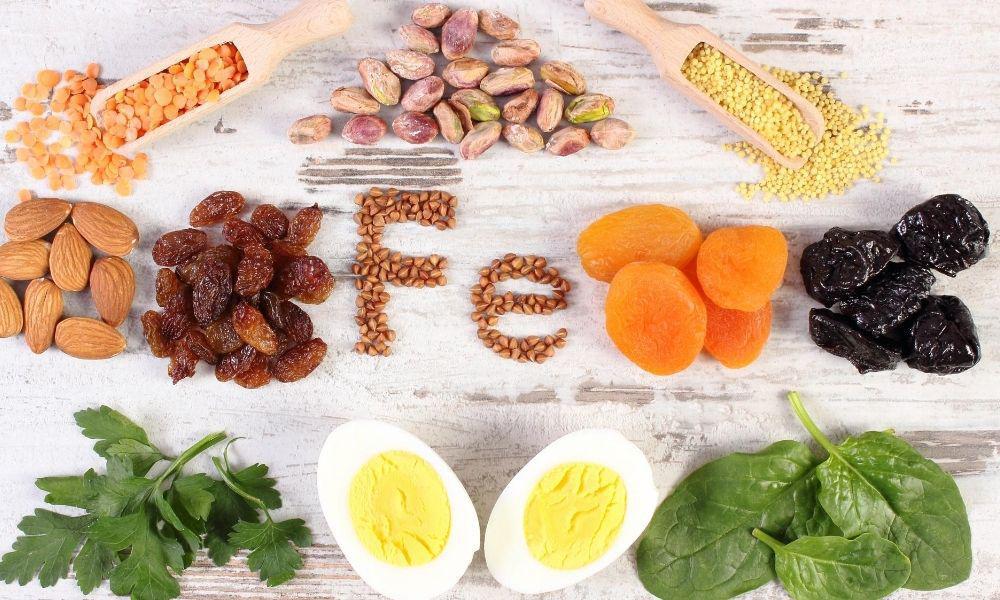Anemia occurs when the body’s red blood cell count drops below a minimum level. It is a common blood condition that affects 1/3rd of the world’s population. Men are said to have anemia when their hemoglobin level drops below 13.5 gram per 100 ml. Women have anemia when the hemoglobin level reaches less than 12.0 gram per 100 ml. Many patients with anemia are asymptomatic. Those who do show symptoms may feel lethargic.
Hemoglobin is full of iron and without enough of it, the body simply won’t be able to make enough red blood cells. Most anemia treatment plans include dietary changes. The best diet plans for anemia include foods rich in heme iron and non-heme iron.
The following foods will help you get more iron into your body and fight iron deficiency anemia.
1. Poultry and Meat
Poultry and meat are the ultimate sources of hemoglobin. The best of these is red meat, venison, and lamb. By comparison, chicken will contain lower amounts. Either way, eating meat and poultry is a proven way to increase iron absorption.
2. Seafood
Seafood provides a good source of heme iron. Shellfish such as clams, shrimp, and oysters contain iron. Fish that you should try include:
- Salmon
- Perch
- Halibut
- Tuna
- Haddock
- Sardines
You can go for both canned and fresh variants since they contain high sources of iron.
3. Spinach
Spinach provides a slew of health benefits and few calories. About 3.5 ounces of raw spinach contains at least 2.7 mg of iron. While much of this is non-heme iron, which the body isn’t known for absorbing well, spinach is also rich in vitamin C. This is important because vitamin C is known for significantly boosting iron absorption.
4. Pumpkin Seeds
Pumpkin seeds are a delicious snack that also doubles as an excellent source of iron. One ounce serving of pumpkin seeds can provide the body with 2.5 mg of iron. It is easy to combine pumpkins with other foods to make a nutritious and delicious meal that can boost the intake of iron in your body.
5. Legumes
Legumes are loaded with iron. Some of the most common types of legumes are lentils, chickpeas, and beans. A half-cup serving of cooked beans can provide 1.8 grams of iron. Many studies show that legumes decrease heart risk for people with metabolic syndrome. Legumes are also used in weight loss. They are very soluble in fiber, which can increase feelings of satiety.
6. Organ Meats
Popular organ types include kidneys, heart, liver, and brain – all of which contain huge amounts of iron. For example, a 100 gram serving of beef liver contains 6.5 mg of iron. Organ meats are also rich in other nutrients such as choline, vitamin A, and selenium.
Wrapping Up
Without a doubt, iron is one of the most important minerals that the body uses for blood production. The body simply cannot produce iron on its own. Lack of iron will lead to anemia.

